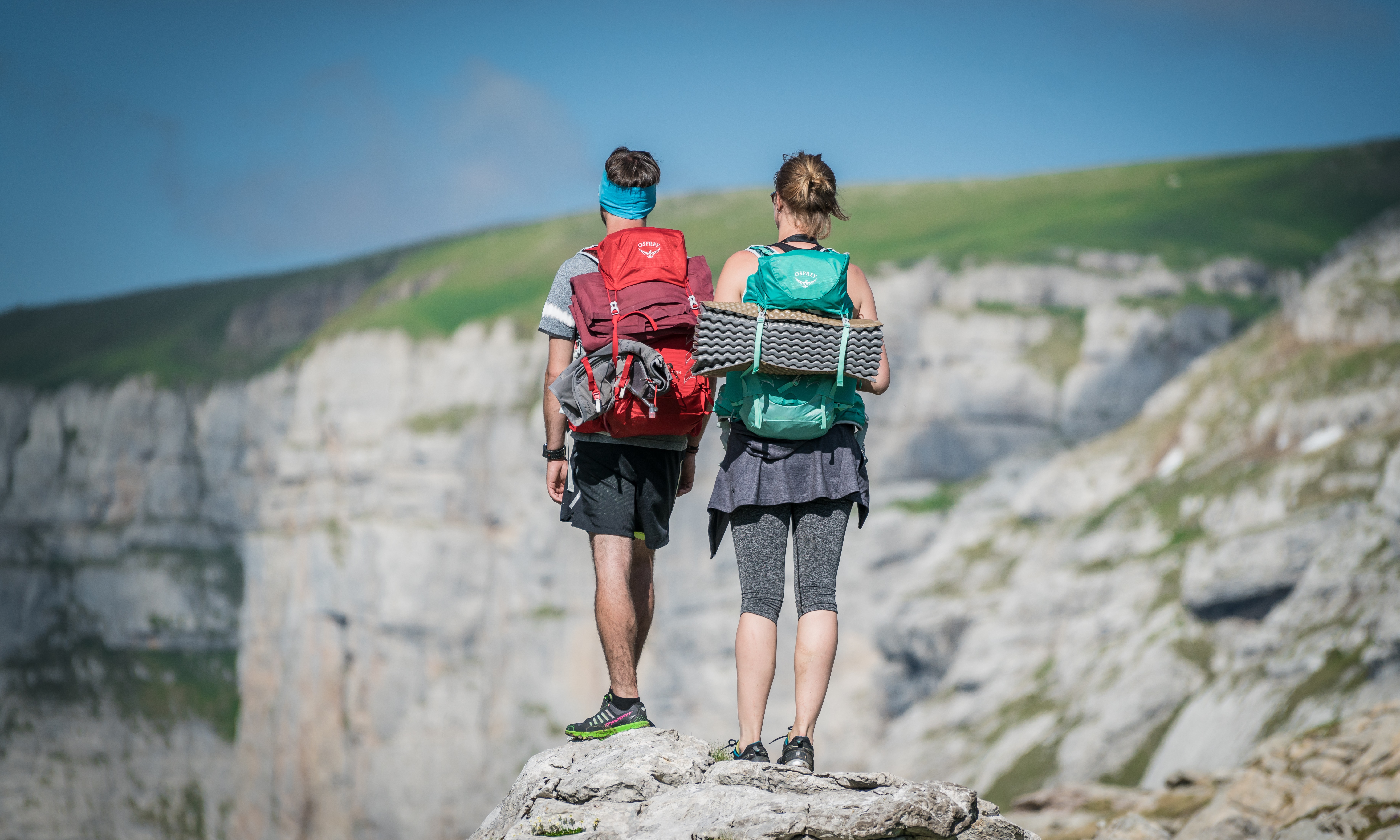
Odor.
It’s a part of life, and despite our efforts, it happens to all of us. Odor gets trapped in our clothes.
Most of us own a few pieces of clothing that we avoid wearing because we know that no matter how many times we wash them, we still can’t seem to remove the odor that’s trapped in there.
Undergarments. Leggings. Socks. Compression tights. Yoga pants. Beanies.
All of those things fall under the term “baselayer” or the phrase “next-to-skin.”
A baselayer is any layer of clothing or any garment that we wear up against our skin and hair; hence the phrase, “next-to-skin.”
They typically absorb sweat and body oils when we are active. Removing odors from baselayers can seem like an impossible task sometimes, and smelly baselayers are embarrassing, feel gross, and do not perform at their best.
And if they’re not performing at their best, then neither are you.
Why do synthetic clothes smell in the first place?
Lightweight, wicking, and breathable fabrics have redefined and enhanced athletic activities and sports. From hot yoga to hockey to cycling to skiing, performance athletic apparel makes sports much more comfortable. In synthetic fabrics, stubborn bacteria and microbes are the cause of the musty, sour, and ammonia-like odors. There are many suggestions on how to deodorize and wash smelly baselayers: put them in the freezer, boil them, soak them in vinegar, or some other DIY method. These attempts to remove body odors are intensive, inconvenient, and not consistently reliable.
Besides, who wants to smell like vinegar at yoga class?
Luckily, Nikwax has some solutions to your problems. We got tired of our own stinky clothes, so we did something about it.
—————————————————————————————————
BASEWASH
Nikwax BaseWash is a high-performance, biodegradable cleaner for synthetic garments. It is excellent at removing odors and preventing future odor build up in fitness, hiking, and even winter apparel that is worn next-to-skin. It also improves the fabric’s wicking functionality, accelerates the fabric’s drying time, and increases the fabric’s breathability.
For nearly every sport and activity, BaseWash is the best way to wash most of your synthetic baselayers, and it’s safe for your household and the environment, as it is water-based and doesn’t contain any harmful solvents or harmful chemicals.
To wash synthetic baselayers, follow these 4 simple steps:
1. Prep load for washing machine. Wash your synthetic baselayers together, in a separate load. (Remember to consult the care labels on your garments to ensure you use the correct temperature settings, etc.)
2. Use BaseWash as a substitute for regular laundry detergent. Do not combine with standard detergent. Amount designations are on the bottle, based on load size.
3. When cycle ends, air-dry garments, or tumble dry low if care labels allow.
4. Use BaseWash semi-regularly to keep the odors from returning.
Regular detergent will clean your garments, yes, but it will not deeply deodorize, enhance breathability, enhance wicking, or decrease drying time. It just doesn’t perform as well.
—————————————————————————————————
BASEFRESH
Nikwax BaseFresh is the “cousin” to BaseWash. It is a high-performance conditioner and deodorizer for all technical undergarments and next-to-skin items. So all those cotton t-shirts and cotton socks can get some love, too. BaseFresh is NOT a cleaner, however, so be sure to always use it in combination with a cleaning detergent.
The main difference between BaseFresh and BaseWash is that BaseFresh is not limited to synthetic fabrics, so it can simply be added to any normal load of laundry. No separate load is needed. It is a great way to maintain and sustain the wicking ability, breathability, and overall performance level of your garments, in between specialized cycles of BaseWash.
To wash baselayers with normal loads, follow these 4 simple steps:
1. Prep load for washing machine. (Remember to consult the care labels on your garments to ensure you use the correct temperature settings, etc.)
2. Use BaseFresh as an addition to your regular laundry detergent. BaseFresh is added via the fabric softener dispenser/drawer/slot. Amount designations are on the bottle, based on load size.
3. When cycle ends, air-dry baselayer garments, and dry with other garments according to their garment care labels, as usual.
4. Use BaseFresh in between cycles of BaseWash to maintain performance.
BaseFresh is most effective when used with a standard detergent. If you try to “double-dip” and use BaseFresh and BaseWash together in the same load, nothing bad will happen, but you are not gaining any extra special performance boosts or anything. It will seem as if you just used BaseWash.
—————————————————————————————————
WOOL WASH
Nikwax Wool Wash is very similar to BaseWash in increasing wicking functionality and breathability, but it is specifically formulated for cleaning merino wool garments. It is also amazing at nixing odors and preventing future odor build up in wool garments that are worn next-to-skin.
One of the more common applications for Wool Wash is with one of the biggest staples in the hiking industry…wool socks. Wool requires gentler cleaning than most fabrics and materials in order to keep its properties and performance, but it is generally seen as a fast-drying and preferred fabric option for many outdoors-oriented people.
To wash wool baselayers, follow these 4 simple steps:
1. Prep load for washing machine. Wash your wool garments together, in a separate load. (Remember to consult the care labels on your garments to ensure you use the correct temperature settings, etc.)
2. Use Wool Wash as a substitute for your regular laundry detergent. Amount designations are on the bottle, based on load size.
3. When cycle ends, air-dry garments.
4. Use Wool Wash semi-regularly to keep the odors from returning.
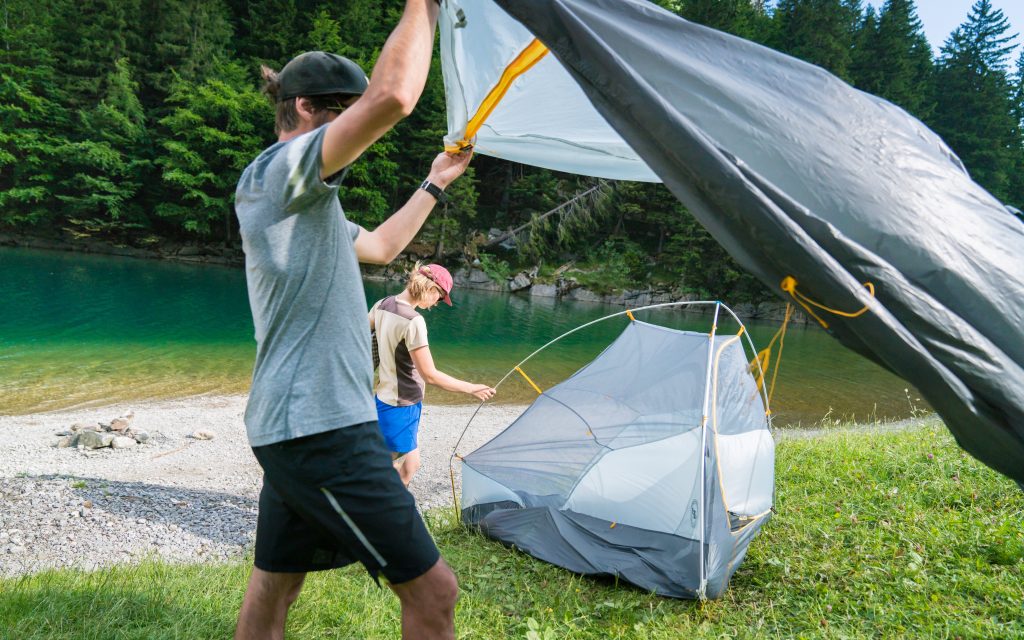
Having clean, fresh, high-performing baselayers will not only help you avoid socially awkward situations cued by your peers smelling your “perma-stench,” but it will also make your activities more enjoyable, as you stay drier and more comfortable.
Just like with your other outdoor gear, your baselayers will last a lot longer and perform better with just a little bit of care.
Sweat on!
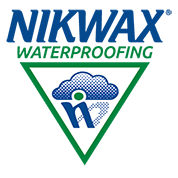
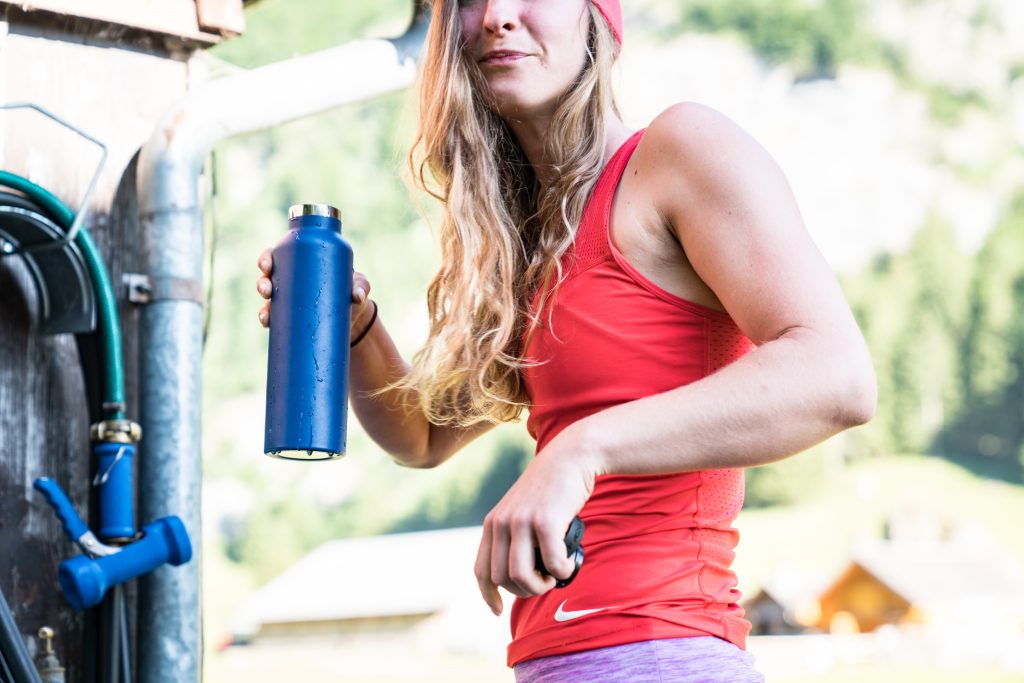
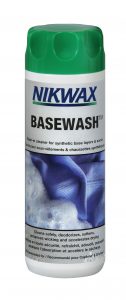
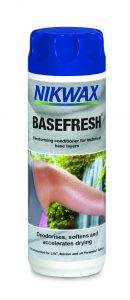
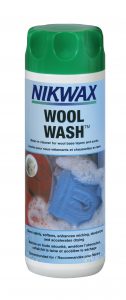
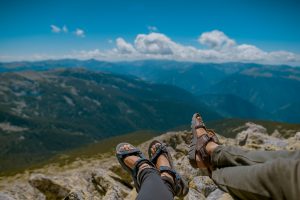
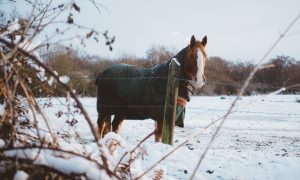
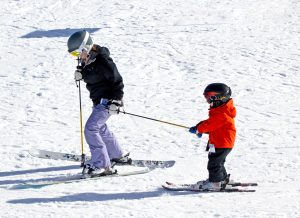
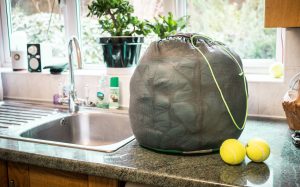
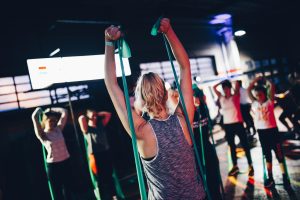
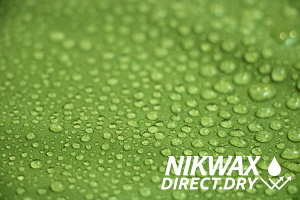
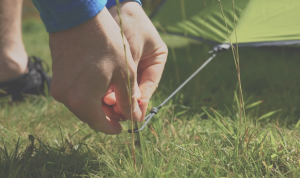
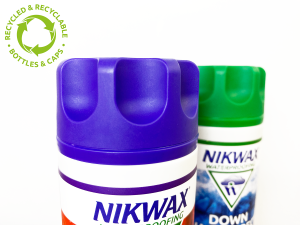
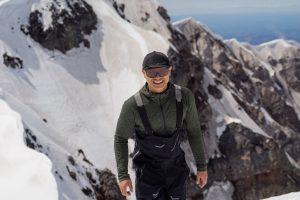
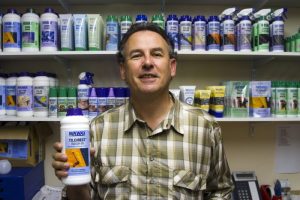
2 thoughts on “How to Clean and Refresh Your Baselayers”